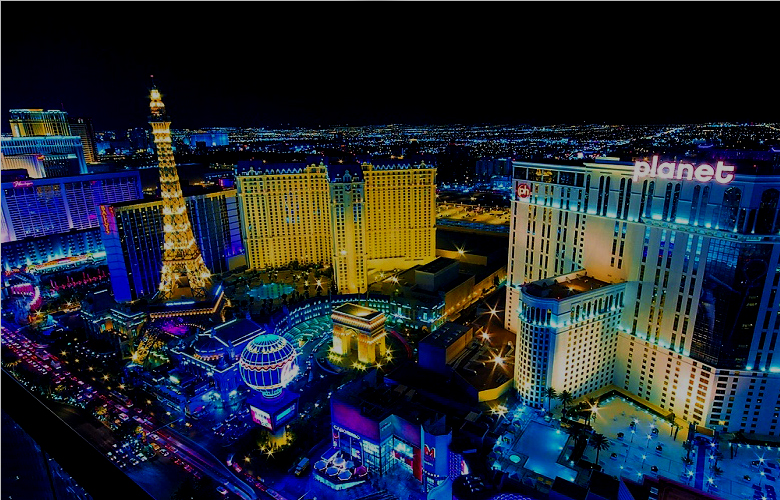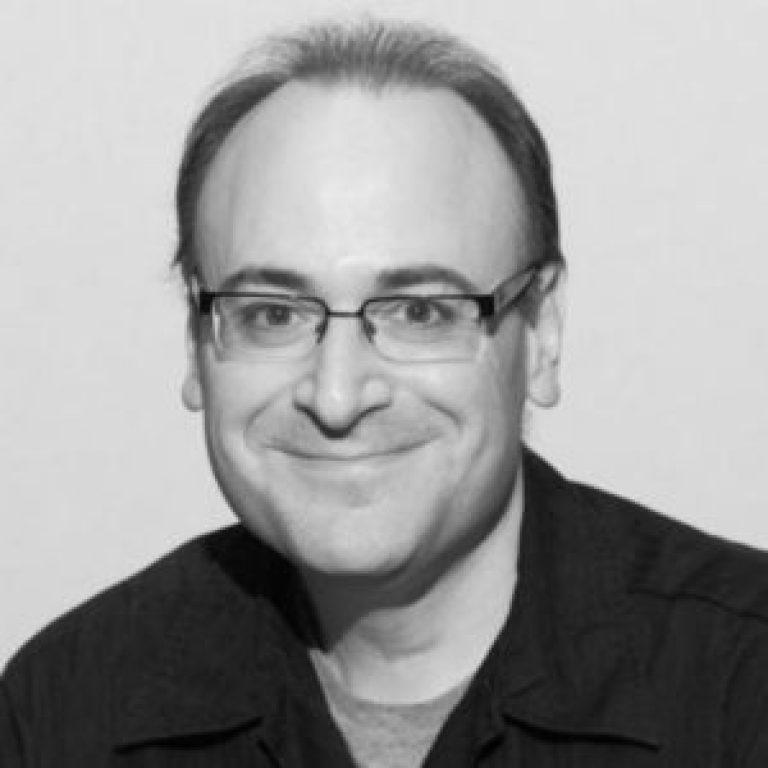
I started working for Cirque du Soleil on August 23rd, 1993, almost 24 years ago. The day before, I was working as an on-call followspot at The Mirage, next door, for Siegfried and Roy. I had only been at The Mirage for seven months, and the change was a risk. Siegfried and Roy was the biggest show in town, and I was taking a job with a fairly unknown French Canadian company that was trying something new. Mystere was to be their first permanent-resident show.
The basic shape was there; I could see the proscenium arch. The house was raked, but no carpeting or seats had been installed yet, and there was a hole in the stage where the stage lifts would be floated.
It was exciting to walk into a new theatre as it was being born.
The first person I met on the lighting crew, besides Jeanette, the Lighting Director, was Eric. It was awkward in that self-introduction kind of way. I said something along the lines of, “Hi, My name is Michael. I’m in the lighting department.” He responded in a somewhat deadpan way with, “Oh yeah, so am I. I’m Eric.”
The rest of the crew showed up sporadically over the next few minutes. Jeanette took us up to what would eventually become the training room. At the moment, it was a two-story tall, concrete and steel staging area of theatrical equipment waiting for installation. We sat around and on Clay Paky Superscan crates and introduced ourselves. I still remember everybody’s name: Tommy, Kelly, Christian, Kirk, Andre, Sean, and, of course, Jeanette and Eric.
There was no maintenance crew allocated for lighting. It was up to us to maintain and run the show. Two of us came from Siegfried and Roy, three from The Golden Nugget, two from other hotels in Las Vegas, one from a large outdoor show in California, and another from outside the industry.
We were all young and installing Mystere was like the Wild West compared to how things are done today.
In the lighting department, for example, the only way that you might have a harness was if you purchased your own, and a handrail was a perfectly acceptable clip-in point. Back then, we simply didn’t know any better.
This lighting desk used IBM OS2 as the operating system and boasted a tracking backup, which was built into the console. We never had any luck getting it to work. The Gold Medallion also did not have fixtures with parameters. Our brand new Wybron Coloram scrollers had to be patched 900 channels above the channel that controlled the fixture’s dimmer. At the time, it was all very hi-tech! But, I digress as I tend to do when I start talking about the technical aspects of my job.
After the work call, we all got together at Mad Dogs and Englishmen, a British pub that is no longer there, for a drink. This turned out to be the first day of my 24-year (and counting) career with Cirque du Soleil. Seven of us went on to be department heads. And, I still work with Eric, who has now been, for decades, one of my closest friends.
Back home, out East, the longest-running show I had ever worked on was a musical that ran for a couple of weeks per venue during the summer season. Like many technicians from the greater New York City area, working on the bounce had been the norm, but on that first day with Cirque du Soleil in Nevada, I think we all felt that we were starting something special.
Although I currently work at a different Cirque show, Mystere just celebrated their 11,000th performance. (My current show has celebrated 5,000.) Over the past 24 years, my colleagues’ kids, who were not yet born, have grown up and gone off to college. As a company, we’ve gone through about half a dozen generations of lighting desks. And, I’ve now lived half my life in this neon city of Las Vegas.
Stage Lighting: The Science Of Color And Light
Calibrating The Technical Perspective


Michael Cassera enjoys a twenty-seven-year long career with Cirque du Soleil spanning three of their long-running resident shows: Mystère, Zumanity, and LOVE. With Cirque, Michael has worked as a Followspot Operator, a Board Op., an Assistant Head, and Head of Lighting. He is currently the Technical Manager for Mystère. Before joining Cirque, he worked for a brief time as a followspot operator for Siegfried and Roy at The Mirage. Prior to moving to Las Vegas, Michael worked on the bounce off-off-Broadway and in the NYC tri-state area as a stage electrician and lighting designer. He was also employed as a local stagehand at Giants Stadium and Brendan Byrne Arena. A graduate of The School of Visual and Performing Arts at Syracuse University, Michael earned his Bachelor of Fine Arts in Drama with an emphasis in Design in 1991. He continues to live in Las Vegas with his wife, Heather and their two dogs, Maggie and Roxie Li.
Read Full Profile© 2021 TheatreArtLife. All rights reserved.

Thank you so much for reading, but you have now reached your free article limit for this month.
Our contributors are currently writing more articles for you to enjoy.
To keep reading, all you have to do is become a subscriber and then you can read unlimited articles anytime.
Your investment will help us continue to ignite connections across the globe in live entertainment and build this community for industry professionals.